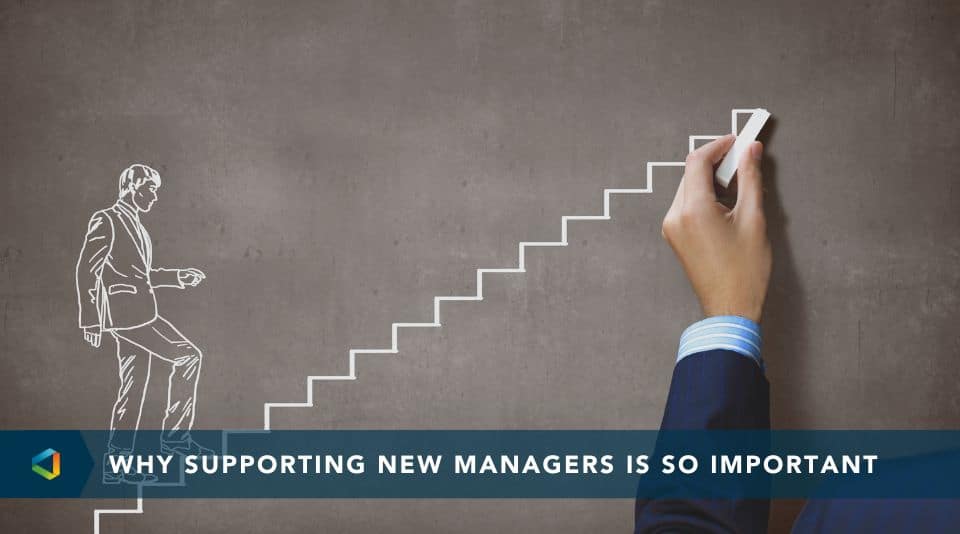No Headaches
How to Conduct Effective Performance Coaching
How to Conduct Effective Performance Coaching
With a push towards ongoing performance feedback, intentional coaching is being incorporated into performance management programs, a key component for effective performance management.
Whether coaching a sports team or a workforce, a coach’s job is to bring out the best in their players or employees. A coach motivates, engages, unifies, and develops their employees. But the truth is most managers do not know how to coach people.
Over 93% of managers say they need training in coaching – an astonishing number when you consider that the most would argue that coaching is the most critical managerial competency that separates highly effective managers from average ones.
To truly create a culture of feedback and coaching, organizations must take a proactive role in training managers on how to be effective coaches.
Below are 10 tips all managers should practice to ensure effective coaching:
1. Feedback Should be Continuous
As performance management trends uphold the move towards continuous feedback, to be effective, coaching should also support this move.
Coaching is designed to help employees take feedback and turn it into changes which will push them toward success. Making this continuous will ensure a more favorable outcome.
2. Communicate Clear Expectations
One of the missing pieces to coaching is making sure that clear expectations are communicated. Inexperienced, and even experienced managers, tend to have the mindset that employees automatically know what is expected of them because, after all, they are in the job. This approach presents a huge gap that can often leave employees feeling like they were set up to fail.
3. Give Examples
While maybe not X’s and O’s on a chalkboard, giving specific examples of good performance and performance needing improvement enforces the ability for the employee to remember the conversation. Think of it as a roadmap to guide employees on their way.
4. Discuss and Create Buy-in
No one wants to be lectured. Coaching should be a two-way conversation between the employee and the coach (a.k.a. manager). Brainstorm together how to overcome challenging tasks or barriers to completing tasks or projects.
5. Incorporate Development
When training is combined with coaching, individuals increase their productivity by an average of 86%, compared to 22% with training alone.
— Personnel Management Association
Providing development sends a message to employees that you care about their personal and professional development and goes a long way toward promoting a culture of learning and development.
6. Effective Listening
A critical component of coaching is active listening. Ask questions and follow up with any comments and concerns. Look at the employees’ body language to gauge their discomfort and where they can thrive. Allow for time and space for the employee to ask clarifying questions.
7. Take Ownership
Don’t “blame” feedback on someone else. As the coach, own what you tell employees and what you do not.
8. Combine the Positive with the Negative
Don’t only give feedback when it’s positive or only when it’s negative – coaching employees should include a mix of good feedback and opportunities for development. If you only give one type of feedback, employees will begin to ignore the feedback you’re providing.
9. Challenge Employees
A coach’s responsibility doesn’t end with giving feedback. Employees need to be challenged. Set goals that are attainable but stretch employees outside of their comfort zone. Encourage employees to set goals for themselves and assist them with establishing timelines or target dates.
10. Empower
Coaching should give employees the skills and confidence to act on their own. Managers and coaches shouldn’t “do” for employees but rather guide and empower them to do it independently. Coaching and empowering employees should also help build confidence in their skills and abilities. They may not succeed initially, but allow them to grow from the experience.
Continuous feedback and effective coaching help build a positive culture promoting good employee morale. For more about morale, read: How to Improve Employee Morale Admist Uncertainty.




